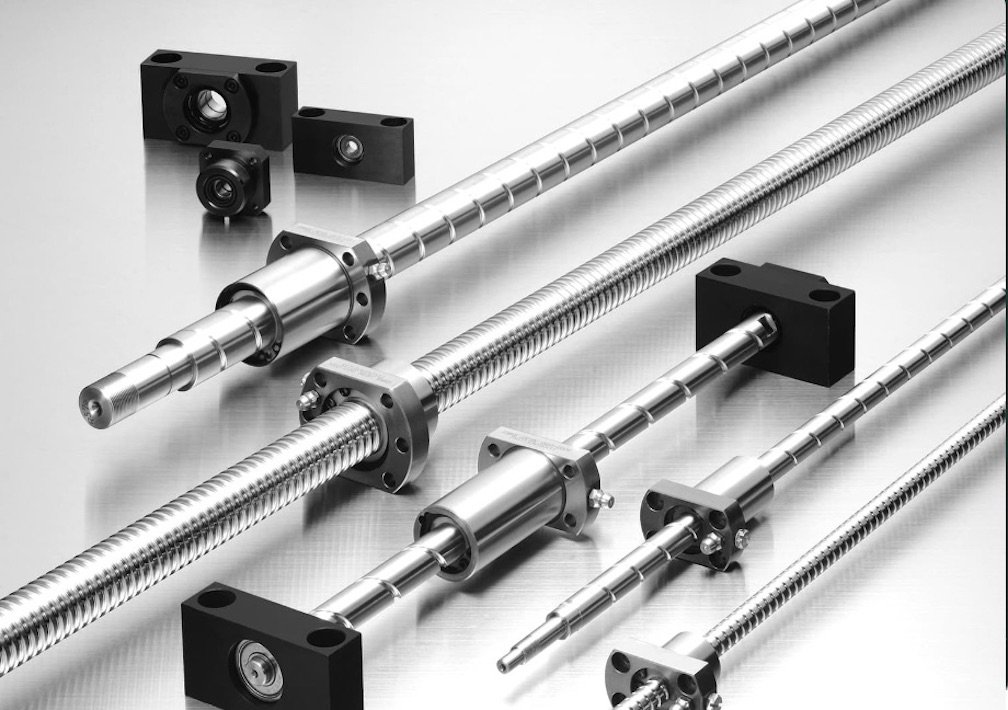How Does A Hydraulic Nut Work?
- Written by Business Daily Media

Various nut types can be used to generate tension, so large bolts and workpieces stay connected securely.
Hydraulic nuts have a built-in hydraulic jack that enables them to tension large-diameter bolts to a high and accurate preload.
For example, gaskets can be employed to seal any gaps between two surfaces to prevent leakage. For the gasket to be effective in preventing leakage, a hydraulic nut can be used to squeeze the connecting surfaces tightly against each other.
Prevalent across a diverse range of industries – such as power generation, mining, medical, shipping and food processing – hydraulic nuts form an integral component of numerous types of equipment, including pumps; propellers; compressors; engines; and cosmetic equipment, to name just a few.
How the Hydraulic Nut Works
A hydraulic nut is comprised of a hydraulic housing, collar, stud, piston (to stretch the stud) and a connector pin to connect the nut to the hydraulic hose.
When a hydraulic nut is used for tensioning, the standard hexagonal or round nut is removed and replaced with a hydraulic nut. The nut is screwed down and hand-tightened to a stud on the workpiece.
A hose is connected to the nut via the connector pin and locked. The other end of the hose is then connected to a high-pressure hydraulic pump.
High-pressure fluid is injected into the nut by the pump and the nut develops a load that is proportional to the oil pressure. This pushes the piston upwards and stretches the stud as the piston moves up. The locking collar, which would also have moved upwards with the stud, is now wound down and tightened with a tommy bar.
Hydraulic pressure in the system is released from the pump, and the hose is disconnected.
The hydraulic nut is unscrewed and removed from the stud. The nut is no longer under hydraulic pressure at this stage but mechanically locked, and the clamping force is retained.
Benefits of Using Hydraulic Nuts
Hydraulic nuts offer a number of unique advantages, including:
- Hydraulic nuts make it possible to tighten large-diameter bolts quickly and easily.
- As the load is hydraulically generated, it is built up consistently and accurately during tensioning. This reduces torsion stresses and prevents damage to threading.
- Hydraulic nuts are often used in tight spaces, as the room required for load generation is minimal, since the load is applied directly to the hydraulic nut. Also, rotation of the nut does not take place during tightening, so no flogging spanners or wrenches are required, making it easier to perform the operation in a confined space.
- Multiple hydraulic nuts can be connected for tensioning at the same time. This enables a quick, accurate and uniform process and can significantly improve the integrity of the joint. Furthermore, leakage is prevented as the joint face is evenly tensioned.
- When a high level of tightening accuracy is required, hydraulic nuts are more suitable as they utilise the stretching method, which is not impacted by inaccuracies due to friction or bending.
Types of Hydraulic Nuts Available
There is a comprehensive range of hydraulic nuts available on the market. These can be categorised into two main nut types: the shim type and the collar type – the latter of which is available in lower and upper subtypes.
The Shim Type
The shim type has a flanged piston. A gap is created between the housing and the piston when the nut is pressurised. The gap develops due to the compression of the bolted joint and the elongation of the bolt. A large percentage of the load is retained in the nut when the pressure is released.
The Lower-Collar Type
This type of hydraulic nut has a longer piston than the shim type. The piston is externally threaded and fitted with a locking collar. A gap is created between the housing and the locking collar when the nut is pressurised.
The Upper-Collar Type
The piston in this collar type nut is both internally and externally threaded. The external thread is fitted with the locking collar, and the gap created is between the nut housing and the locking collar when the nut is pressurised.
How to Select the Right Nut for Your Application
There are various application scenarios, and a different type of nut could be required for each. Seek expert guidance to help determine the most suitable nut for your specific application.
Maintenance Tips for Hydraulic Nuts
In order to maximise the efficiency of your equipment or machinery and to save on repair and downtime costs, regular maintenance is required. And this involves inspecting all the various components – including the nuts.
- It is essential to remove oil residue and dirt from the surfaces of the nut after every use.
- Hydraulic connections and threads should be checked for possible damage after each use, and they must be capped with covers before they are stored, to protect them from dirt.
- Use only clean hydraulic oil that meets the manufacturer’s specifications.







